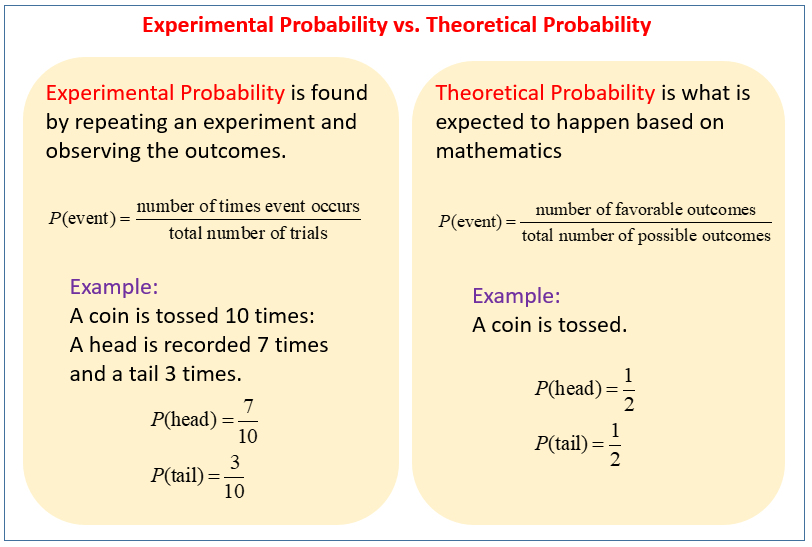Today We Discussed:
Today we discussed probability of compound events. We reviewed what the word "compound" means (and in this case, it simply means more than one), and discussed the different types of compound events. There are two types: independent events and dependent events. Independent events occur when the outcome of one event has no effect on the other (ex: flipping a coin twice). Dependent events occur when the outcome of the first event does have an effect on the event that comes after (ex: taking a card from a deck of cards and keeping it, then taking another card).The numeric probability of dependent events can be found by multiplying the theoretical probability of each event together.
For two independent events, P(A and B) = P(A) * P(B)
For two dependent events, P(A then B) = P(A) * P(B after A)
Vocabulary: independent events, dependent events
Sections Covered in Textbook:
4-6: Probability of Compound Events
Resources & Tutorials:
1) What are compound events?2) How to determine if your events are independent or dependent.
3) How to find probability of independent events.
4) How to find probability of dependent events.



